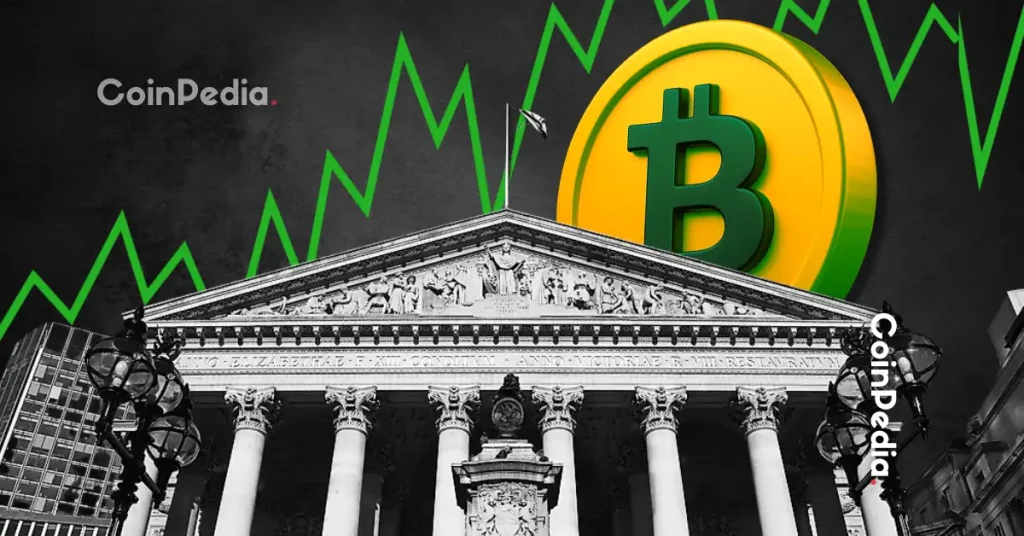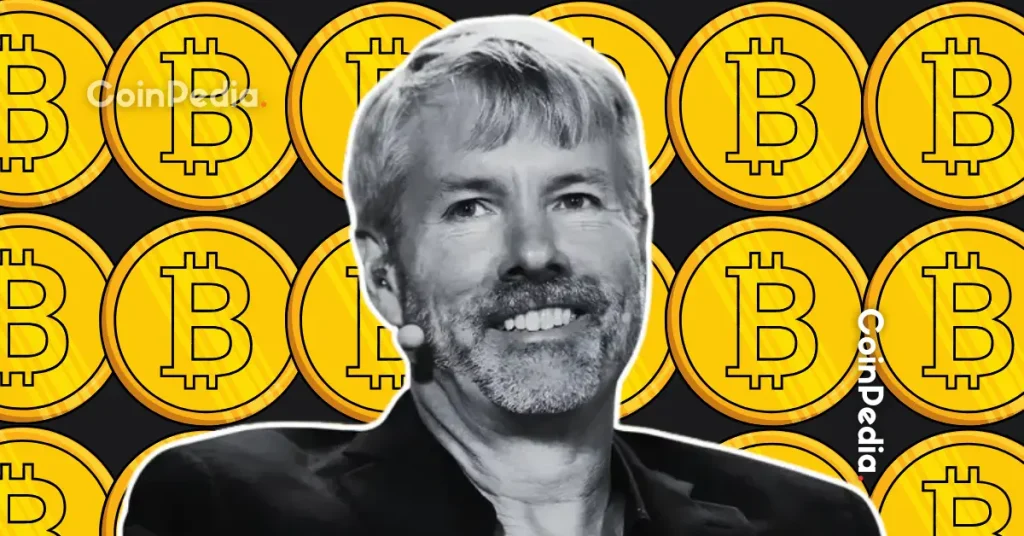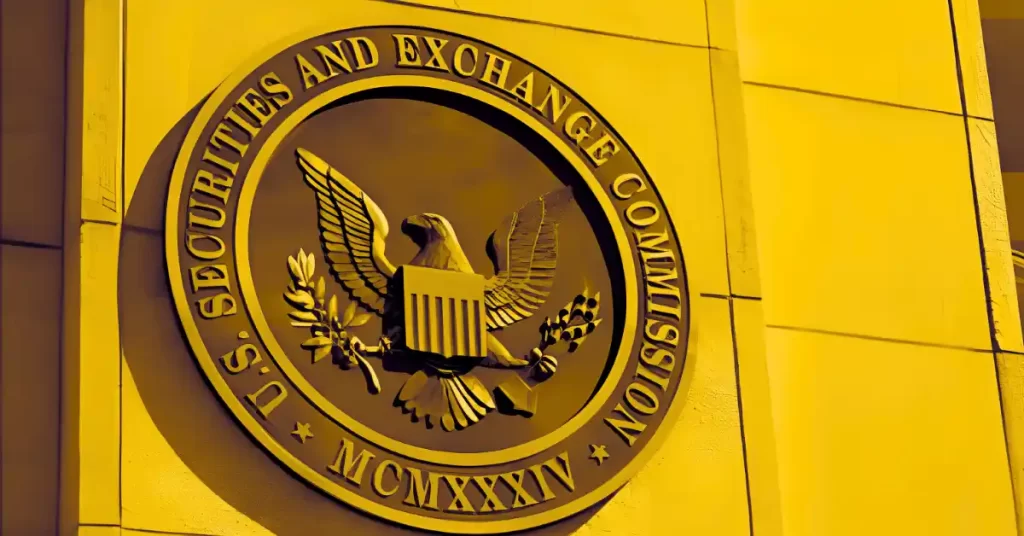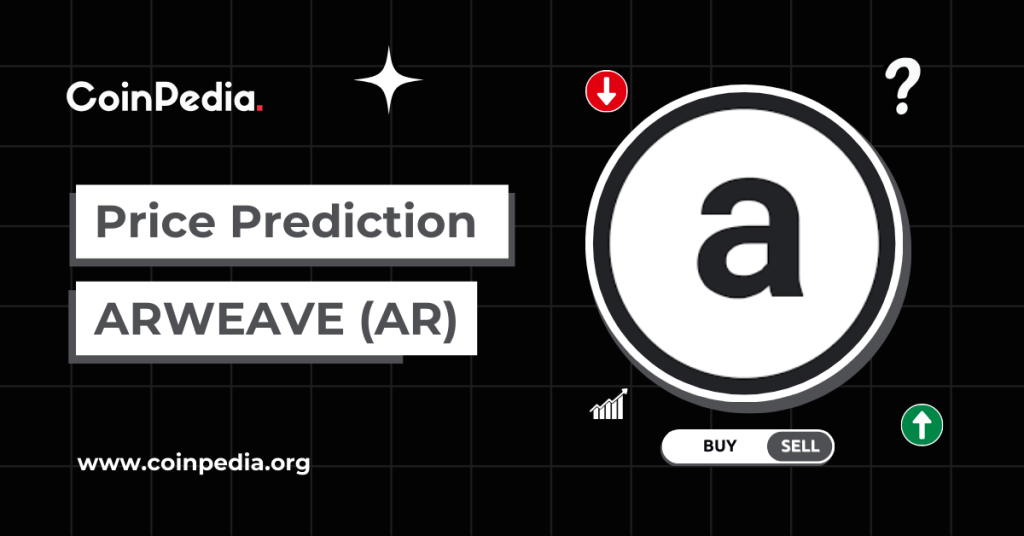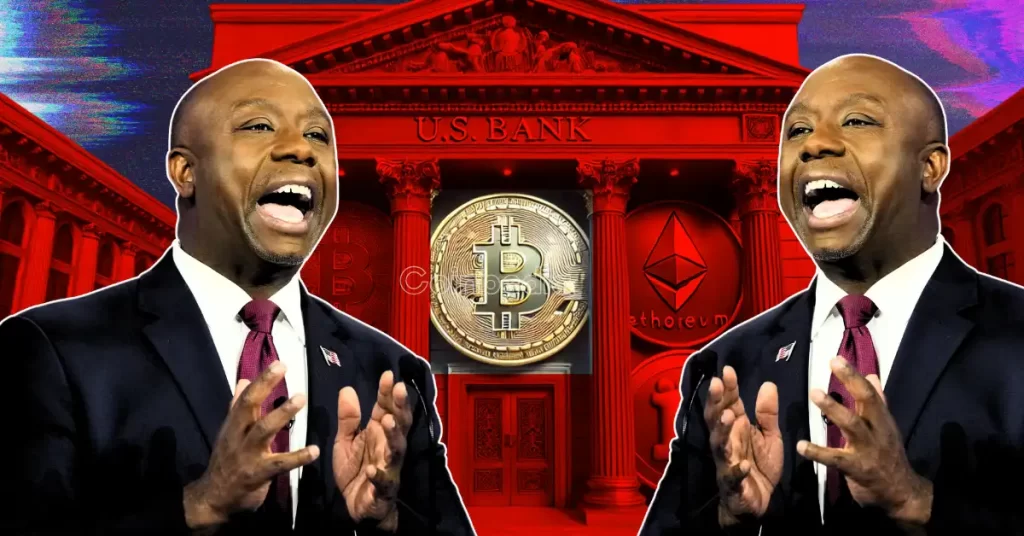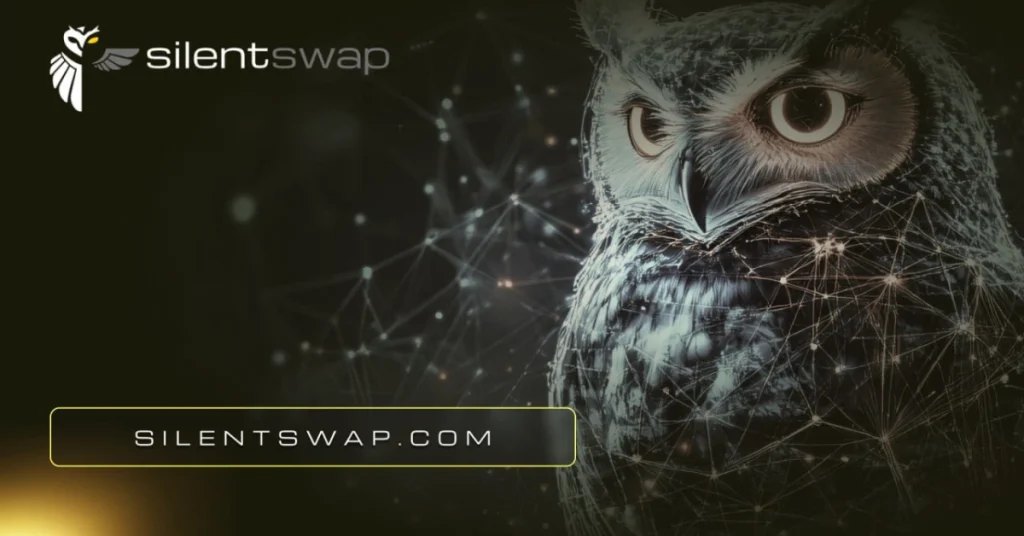Credit traders have been ramping up purchases of credit default swaps (CDS) on Oracle ($ORCL) as a hedge against potential default risks. The hedgers have been encouraged by JPMorgan analysts and the company’s aggressive borrowing to fund its AI infrastructure expansion , especially now that it has been revealed that the cost of insuring Oracle’s debt over the next five years has surged to near its highest level since October 2023. The cost of insuring Oracle’s debt over the next five years has surged to near its highest level since October 2023. Source: Bloomberg Investors have mixed feelings over Oracle’s ballooning debt load According to a recent Bloomberg report , credit traders have been buying CDS as a form of protection against the possibility of Oracle Corp. defaulting on its debt, a trend that Morgan Stanley predicts will continue in the near term as the company funnels billions into the AI sector. The cost to insure against default on the company debt over the next five years now hovers near its highest since October 2023, according to ICE Data Services. The tech giant’s 4.9% bonds, expected to mature by February 2033, also increased from 26 basis points to 83 basis points earlier today. By the fiscal year of 2028, Morgan Stanley expects Oracle’s net adjusted debt to grow to more than double its current size, pushing it to roughly $290 billion from around $100 billion. The company’s analysts have urged investors in Oracle to purchase the company’s five-year CDS and its five-year bonds. “Near-term credit deterioration and uncertainty may drive further bondholder and lender hedging,” Morgan Stanley analysts Lindsay Tyler and David Hamburger declared in a note Monday. Nobody is mandated to take the advice, but investors have been worked into a frenzy as they attempt to safeguard their exposure. Reports also reveal that banks are getting ready to launch a $38 billion debt offering that will help fund data centers tied to the company, the largest such deal for AI infrastructure the market has witnessed. The deal will go towards erecting data centers in Texas and Wisconsin as part of Oracle’s broader effort to invest $500 billion in AI infrastructure alongside OpenAI, for the Stargate project. Nicholas Elfner, co-head of research at Breckinridge Capital Advisors, has predicted there will be some interesting plays on the secondary market as big corporate bond issuers grow debt balances quickly and become a larger weighting in the index. “Index trackers may add to the name to maintain their weight,” he said. “Others with a negative credit view may buy CDS protection to hedge holdings or make a bet on spread widening.” Oracle already has about $95 billion of debt outstanding, making it the biggest corporate issuer outside the financial sector in the Bloomberg high-grade index. Traders and analysts commenting on the situation have echoed the CDS spike and Morgan Stanley’s debt forecast, while others dismissed the concerns, as there is no real default risk since Oracle can generate cash flow from its cloud and AI deals. AI bubble warnings persist There is no doubt that the AI-fueled rally has truly been a dominant force in U.S. equities throughout 2025. It has not only pushed the S&P 500 and Nasdaq Composite to multiple record closes in October this month alone, but has also helped the S&P surpass 6,000 for the first time, thanks to broad tech gains and optimism over AI-driven productivity boosts. AI infrastructure spending is now projected to hit $200 billion annually, offsetting broader economic headwinds like persistent inflation and geopolitical tensions. As a result, the Nasdaq has outperformed the broader market by a wide margin, with tech now accounting for over 30% of the S&P 500’s weighting. Sometimes, it feels too good to be true, which is why skepticism has been mounting among some analysts and investors, who are quick to draw parallels to the dot-com bubble of the early 2000s. It is true that AI-related stocks have driven more than 60% of the S&P’s YTD gains. Valuations are also stretched, and venture funding into unprofitable AI startups has greatly increased since 2023 without revenue proof. Institutions like Goldman Sachs and JPMorgan have flagged risks of a “rotation” away from AI stars if earnings disappoint, even as safe-haven assets like gold and BTC have surged in tandem with stocks, proof that at least some investors are erring on the side of caution. Jeremy Grantham, co-founder of GMO and a veteran asset manager famous for calling major bubbles like the 2000 dot-com and 2008 financial crisis, labeled AI a “bubble waiting to pop.” He also compared it to the 19th-century British railroad mania that crashed after overhyped infrastructure spending. Grantham warned that while it was possible for AI to drive long-term efficiency, “like any world-changing technology [it] will eventually crash and hurt investors.” Others with similar sentiments include David Solomon, CEO of Goldman Sachs, Amazon’s Jeff Bezos, and even people with inside knowledge like Sam Altman, who warned in October 2025 that “people will overinvest and lose money” during the AI phase. Sign up to Bybit and start trading with $30,050 in welcome gifts

